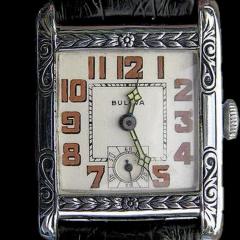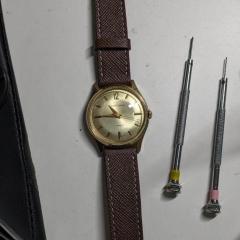Watch Repairs Help & Advice
SECTION RULES
If you are a new member, we would consider it polite for you to introduce yourself here before posting your questions.
Subforums
-
- 4.6k
- posts
-
- 9.6k
- posts
-
- 3.1k
- posts
-
- 6.7k
- posts
-
- 1.4k
- posts
-
- 3.2k
- posts
-
- 2.3k
- posts
-
- 1.7k
- posts
-
- 1.2k
- posts
-
- 966
- posts
-
- 2.7k
- posts
-
- 4.1k
- posts
-
- 407
- posts
8984 topics in this forum
-
- 9 replies
- 2.6k views
-
- 6 replies
- 8.1k views
-
- 7 replies
- 2.6k views
-
- 5 replies
- 4.4k views
-
- 18 replies
- 3.4k views
-
- 5 replies
- 3.2k views
-
- 18 replies
- 4.6k views
-
- 10 replies
- 3.6k views
-
- 18 replies
- 5.5k views
-
- 0 replies
- 704 views
-
- 6 replies
- 3.3k views
-
- 13 replies
- 5.4k views
-
- 3 replies
- 3.5k views
-
- 8 replies
- 2.5k views
-
- 10 replies
- 3.8k views
-
- 15 replies
- 2.5k views
-
- 16 replies
- 6.7k views
-
- 4 replies
- 1.4k views
-
- 4 replies
- 4.6k views
-
- 2 replies
- 1.4k views
-
- 9 replies
- 3.2k views
-
- 2 replies
- 1.1k views
-
- 6 replies
- 3k views
-
- 10 replies
- 7.7k views
-
- 15 replies
- 3.4k views

















